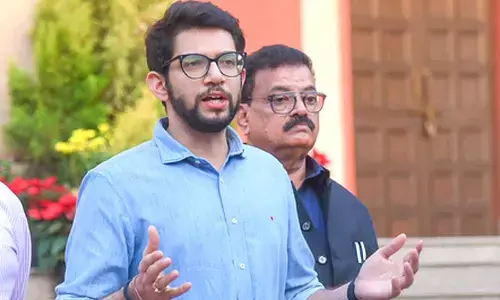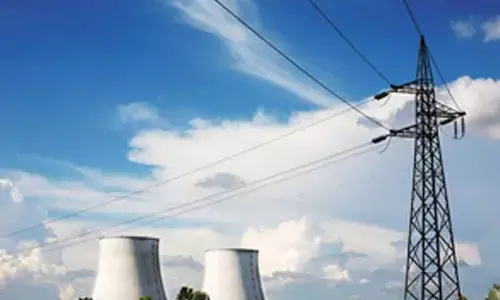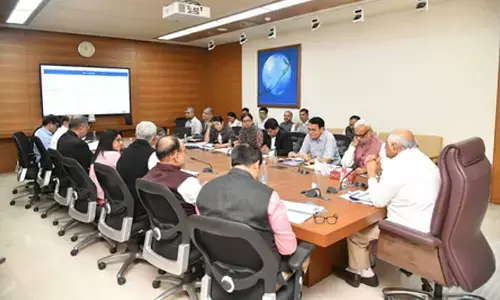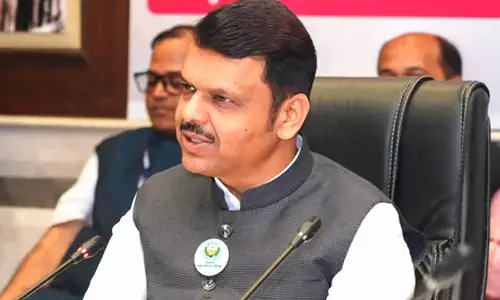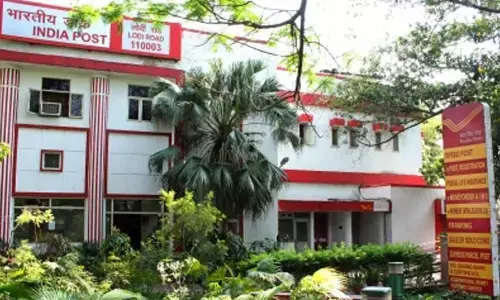Rate cuts unlikely, RBI policy to be disinflationary
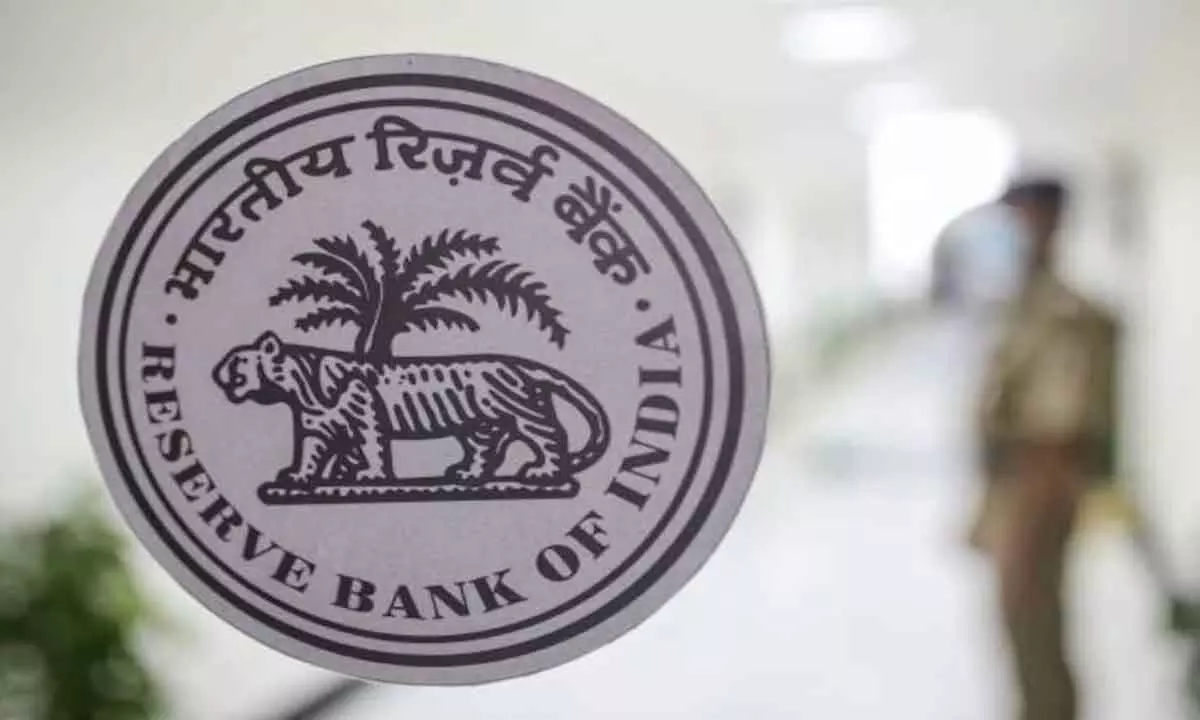
Reserve Bank of India (RBI) Governor Shaktikanta Das has just raised the bar for the industry and the corporate sector, saying the central bank will maintain a pause on interest policy rate cuts in 2023. He has drawn nation’s attention to the policymaking in the current economic climate becoming more and more complex. RBI raised the key policy rate (repo) by 250 basis points since May 2022 and paused rate hike at 6.5% in February this year. Addressing the Kautilya Economic Conclave 2023 in Delhi on Friday, he categorically stated that, “I think interest rates will remain high.
How long they will remain high only the evolving world situation can tell,” cautioning the economy against the vulnerabilities that may creep into the system. Amidst global headwinds, including a slowdown in global growth and stubborn inflation, he, however, sounded a note of optimism that the Indian economy is exhibiting remarkable resilience. As such, promoting growth and maintaining financial stability becomes crucial, and the government, in conjunction with the central bank, needs to maintain steady the moment of damage-control measures. The financial system, especially non-banking finance companies, should brace for challenges to capital requirements. Banks need to remain vigilant on bad debts, and thus defaults in small-ticket personal loans which are spiralling high.
Any extraordinary jump in credit card outstanding along with the growth of personal loans may face the possibility of the apex bank increasing risk weights on such loans to discourage them from becoming too complex to manage for banks. There is a risk of a rise in defaults on unsecured loans such as personal loans and credit cards. This is certainly unpalatable to those clamouring for reduction in interest rates, pointing to a slowdown in investments particularly in the manufacturing sector and prospects of subdued growth. As inflation levels were moderating below RBI’s upper tolerance band of 6%, industry was hoping for rate cuts to spur further investments. However, the situation is still in a flux.
Global macro conditions are still challenging and any domestic demand impetus is welcome. Nearly 70% of India’s GDP is driven by domestic consumption and agriculture is among the biggest employment generators. The 2023 southwest monsoon season was not only the weakest in five years but was also marked by erratic distribution of rains. Analysts are now pondering over how the predicted El Nino (warming of Pacific waters) would pan out. Any adverse effect would subdue the rural India demand, thus sapping the growth prospects of a large size of industry, comprising automobiles, consumer durables and FMCG sectors, tied to a good monsoon.
Inflationary pressures on prices of essential food items such as pulses, spices, cooking oil and vegetables like tomato are certainly in RBI’s cross-hairs. Interest rate remains its main means to beat inflation and hence its outlook on price pressures is the key to its policy stance. In all, domestic food prices and global challenges such as energy supply are prodding the RBI to keep a cautionary stance. When inflation is not
demand-driven but caused by supply constraints, RBI may not raise the rates further, as long as inflation doesn’t threaten to derail the economy off the high-growth trajectory it currently is on. Take solace that the RBI’s ‘State of the economy’ points to prospects of moderating inflation, bolstering macroeconomic fundamentals such as employment, supply and demand, and national income.









